What is the impact of the Comprehensive and Progressive Agreement for Trans-Pacific Partnership (CPTPP)?
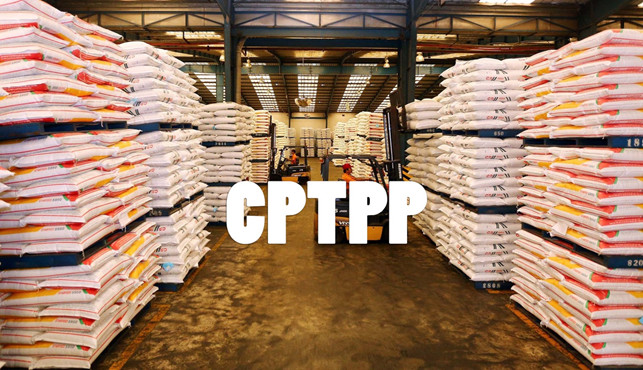
The Comprehensive and Progressive Agreement for Trans-Pacific Partnership (CPTPP) officially took effect on January 14, 2019, promising to open up opportunities to boost exports for many industries, including industry groups processing and manufacturing, helping to promote economic growth.
However, according to the Ministry of Industry and Trade, this Agreement, when implemented, also poses many challenges, requiring Vietnamese businesses to have a thorough preparation as well as a long-term strategy to improve competitiveness in the market international.

The signing of CPTPP is a new step for Vietnam in the process of international economic integration. Joining the CPTPP helps Vietnam to diversify its economic and trade relations, avoiding risks due to dependence on a few large markets.
A representative of the Ministry of Industry and Trade said that in the CPTPP, the level of commitments to openness that partners have for Vietnam is deeper and faster than Vietnam's commitments to partners.
Specifically, Vietnam will be immediately eliminated tariffs by countries for about 78% - 95% of tariff lines, for ordinary goods, the tax elimination schedule is 5-10 years, by the end of the tax schedule, it will be eliminated. eliminate up to 98% - 100% of tax lines.
“This is the highest level of commitment that Vietnam has received from existing FTA. In contrast, Vietnam immediately eliminates 65% of tax lines, by the 11th year, it will eliminate 97.8% of tax lines for partners," said a representative of the Ministry of Industry and Trade.
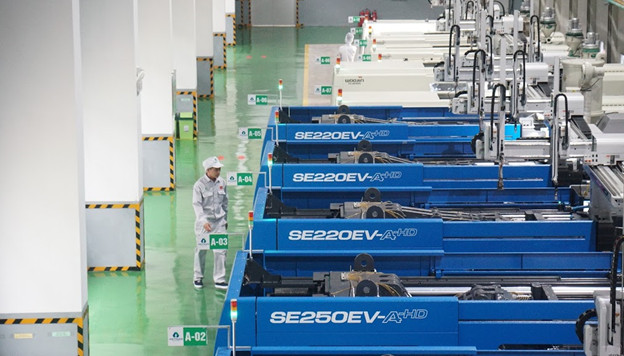
Production line at An Trung Industries. (Photo: Duc Duy/Vietnam+)
The tax elimination roadmap is 5-10 years, by the end of the tax schedule, 98% - 100% of tax lines will be eliminated.
Another advantage of the CPTPP for Vietnam is the establishment of free trade with more distant partners. At the same time, it is the driving force for Vietnamese businesses to boldly explore new markets.
In addition, the structure of export products of CPTPP members is complementary and less competitive with each other. The effective CPTPP is expected to open the export door for many Vietnamese manufacturing and processing industrial products such as textiles, garments, footwear, furniture, seafood, etc. to new markets such as Canada, Mexico, Peru.
Going into details, a representative of the Ministry of Industry and Trade said that the CPTPP agreement will create opportunities for enterprises to export wood and wood-processed products to boost exports when products such as plywood, plywood, picture frames, door frames and especially furniture with import taxes ranging from 6% to 9.5% will be eliminated immediately.
Accordingly, wooden handicrafts will also benefit when Canada agrees to remove the import tax rate from 7% to 0% immediately.
Notably, with the CPTPP, Vietnamese businesses will have the opportunity to penetrate the Mexican market more deeply because the country has committed to completely eliminating import taxes for all wood products, flooring and furniture, interior and exterior of Vietnam with a maximum roadmap of 10 years.
"The possibility of a sudden increase in export turnover of wooden furniture is not much, but the opportunity for Vietnamese enterprises will gradually increase according to the tax reduction schedule," the Ministry of Industry and Trade noted further...
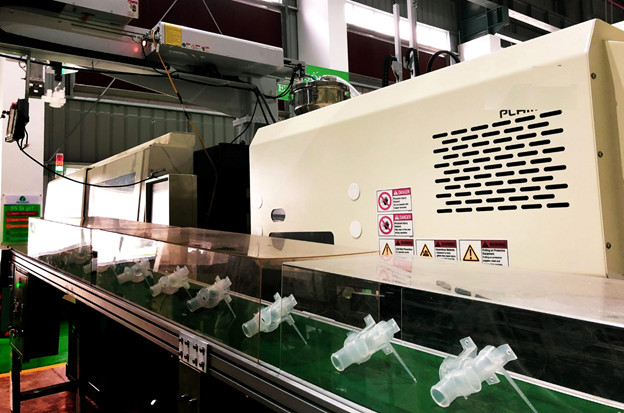
Production of Plastic Components. (Photo: Duc Duy/Vietnam+)
The effective CPTPP is expected to open the export door for many processed and manufactured products of Vietnam to new markets such as Canada, Mexico, and Peru.
According to the assessment, for the textile and garment industry, the current export tax rate of textiles and garments to markets without a common FTA is currently over 10% on average. When the CPTPP comes into effect, Vietnamese products will meet technical standards general technology will enjoy the tax rate of 0%. At that time, Vietnamese textile and garment products will be strengthened with competitive advantages in price.
That is also the driving force for domestic and foreign investors to invest in developing the raw materials industry and supporting industries in Vietnam. From there, establishing links in the textile-garment chain more effectively, creating a foundation for Vietnam's textile and garment industry to develop sustainably. On the other hand, thanks to the CPTPP, Vietnamese textile and garment enterprises will also be interested in learning and promoting exports to new markets in South America.
To further clarify this issue, from the business side, Mr. Cao Huu Hieu, CEO of Vietnam Textile and Garment Group (Vinatex), assessed that the CPTPP agreement will promote investment in the production of raw materials and accessories, forming the auxiliary industry for textiles.
“Due to the opportunity from the CPTPP, many foreign investors will consider Vietnam an attractive destination if factors such as market opportunities, alternative supply strategies and production costs are taken into account,” said Mr. Hieu
Meanwhile, Vietnam's leather and footwear industry is forecasted to approach potential markets such as Mexico and Canada. That is an opportunity for Vietnamese enterprises to participate in the development of new product lines with higher added value.

It can be said that the CPTPP opens up great opportunities for Vietnam's key export industries, but whether those opportunities become specific numbers in increasing export turnover and value is a matter of question. Another issue, depends a lot on the capacity of enterprises to take advantage of incentives.
According to a representative of the Department of Industry (Ministry of Industry and Trade), the conditions to receive tax incentives in a new and comprehensive FTA like the CPTPP are not simple because in order to receive tax incentives, Vietnamese goods must meet the following requirements very strict standards.
Besides, Vietnamese goods also face many technical barriers and strict origin requirements.
Specifically, according to the terms of origin of goods of the CPTPP, products exported within the member countries must have origins within the CPTPP bloc to enjoy preferential treatment. This is a disadvantage because Vietnam mainly imports from countries outside the CPTPP such as China and South Korea for export processing tax incentives.
In addition, internal technical regulations such as packaging, labeling, and maximum chemical residues in exported products are also a barrier for Vietnamese exports and Vietnamese agricultural products to enter the CPTPP may be caught at the barrier of sanitary and phytosanitary measures. These regulations are in the hands of importing countries and can completely be a barrier to Vietnamese goods.
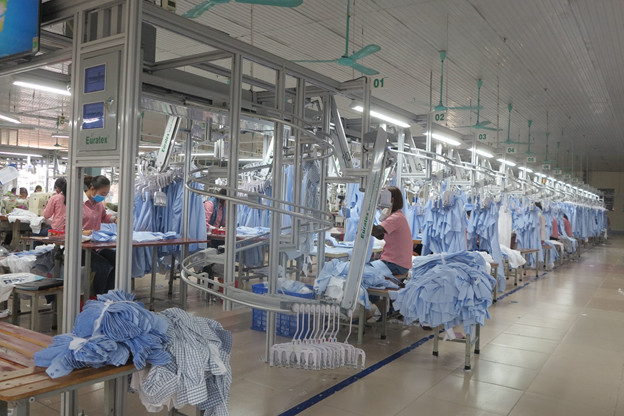
Smart suspension system in the textile industry. (Photo: Duc Duy/Vietnam+)
The outstanding advantage that Vietnam's textile and garment has from the CPTPP is that the tariff is cut deeply and quickly, thereby increasing price competitiveness.
In the opposite direction, joining the CPTPP, Vietnam will have to open the door to the goods and services of partner countries in the domestic market, which means that Vietnamese enterprises have to compete more fiercely at "home turf". ", many industries will face difficulties such as the automobile manufacturing and assembling industry. This will put a lot of pressure on Vietnamese goods and the risk of failure of businesses in the domestic market will also increase.
For the textile and garment industry, the outstanding advantage that Vietnam's textile and garment has from the CPTPP is that the tariff is cut deeply and quickly, thereby increasing price competitiveness. However, exploiting tax incentives is not easy because in order to receive incentives, they must meet very strict technical standards and principles of origin.
The representative of the Department of Industry said that, with the current sewing capacity and level, technical standards are not a big problem for Vietnamese textile and garment enterprises, but with the requirement of origin from the yarn onwards, that is, from The process of spinning, weaving and dyeing fabrics must be carried out in the CPTPP area, which is not a small challenge because Vietnam currently has to import more than 60% of raw materials outside the CPTPP area.
Moreover, dealing with raw materials is not a simple problem for Vietnam's textile and garment industry. CPTPP is considered as one of the factors attracting foreign investment in the raw material manufacturing industry. However, this is a manufacturing industry with many potential risks of causing environmental pollution if outdated technology is used. Therefore, management agencies will have to carefully consider the benefits of raw materials for production and the impact on the environment before granting investment licenses.
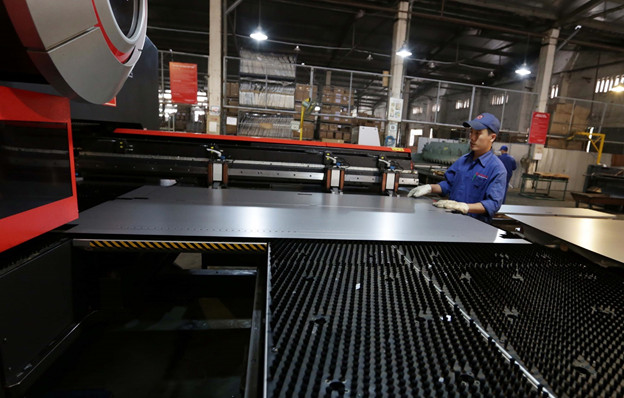
In the photo: Production of household appliances at Xuan Hoa Co., Ltd., Phuc Yen, Vinh Phuc. (Photo: Duc Duy/Vietnam+)
As for the leather and footwear industry, although there are tax incentives, the real value that Vietnamese leather and footwear businesses receive is not much because most Vietnamese enterprises are outsourcing for foreign brands. Meanwhile, new markets such as Mexico and Canada have been used to using footwear brands from other countries so far, and there is not much information about Vietnamese leather and footwear products.
In order to convince new markets with demand for high-quality goods, Vietnamese enterprises must invest in research and product development, building brands and creating their own values.
With the regulation that 55% is the localization rate of production in Vietnam, it will be a difficulty for businesses that rely too much on imported sources.
“This takes time and financial and human resources, but cannot change overnight. Vietnamese enterprises need to develop action plans and plans to improve production capacity to effectively exploit tariff preferences, not only in the CPTPP but also in all FTAs that are and are about to come into force. Representative of the Department of Industry added.
Sharing more, Ms. Phan Thi Thanh Xuan, Vice President and General Secretary of the Vietnam Leather, Footwear and Handbag Association said, on the one hand, the CPTPP will help businesses have more markets and expand exports, but it comes with It is also a challenge.
For example, with the regulation of 55% that the localization rate of production in Vietnam will be a difficulty for businesses that rely too much on imported sources and when they do not meet the conditions, they will slip away opportunities this./.
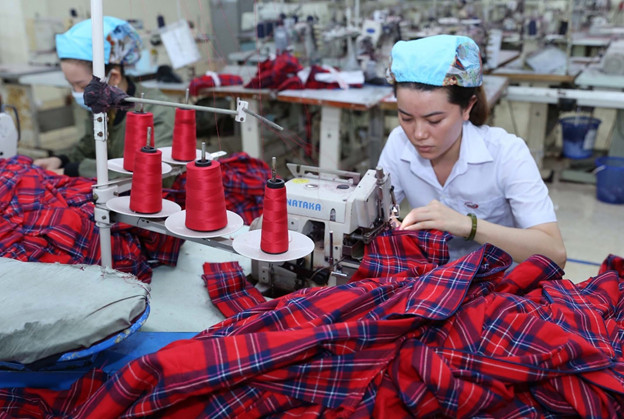
Garment and garment processing for export at Binh Dinh Garment Joint Stock Company. (Photo: Vu Sinh – TTVNA)
- Orders are busy, businesses are still worried (17.05.2022)
- Offering 200 gifts to disadvantaged households (01.01.1970)
- 39/5000 Love is never lost (01.01.1970)
- Trang Trieu brought spring to 700 poor children with disabilities (20.05.2017)





-39737984_1366x500-4613.jpg)


